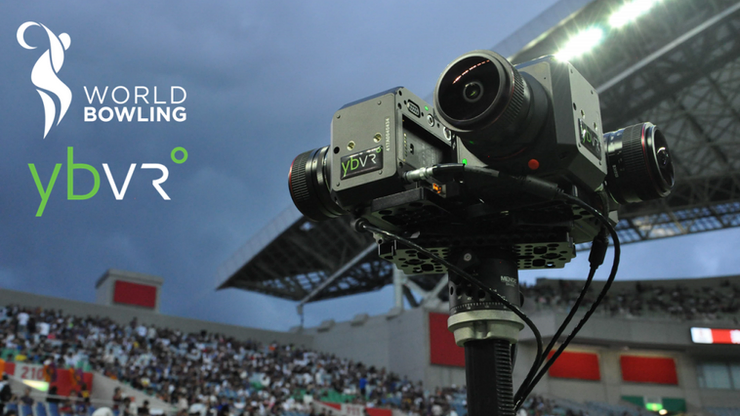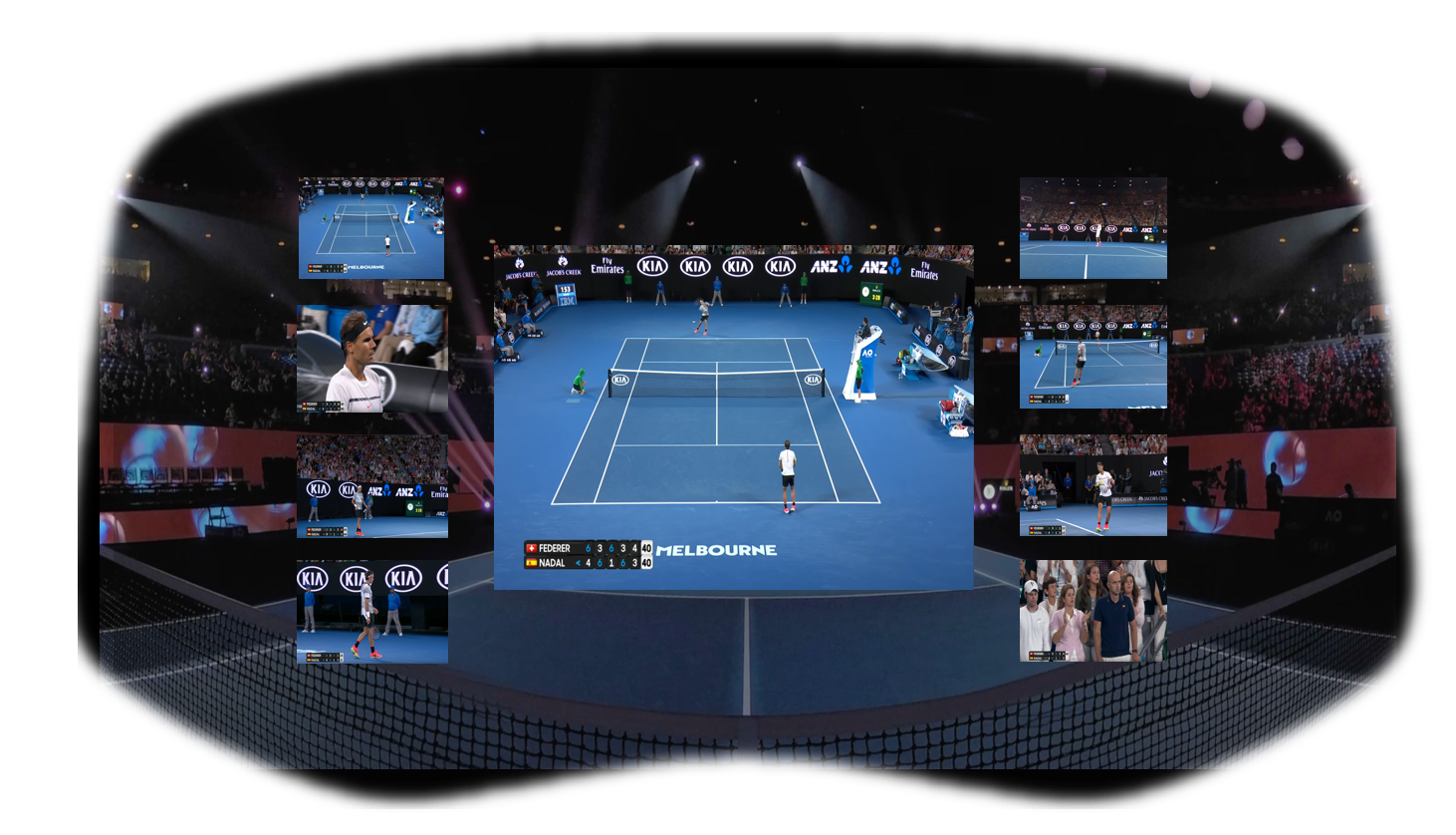– Ford’s Valencia Engine Plant, ASTI Mobile Robotics, Ericsson, Fivecomm, YBVR and INTEL partner for jointly innovating in automotive industrial applications enabled by 5G. – The latest 5G technology and innovations in mobile robotics, Virtual Reality and Artificial Intelligence will be deployed and validated at Ford Motors factory in Valencia with the support of EU H2020 5G-INDUCE project 5G-INDUCE is a new project of the third phase of the H2020 5G Infrastructure Public-Private Partnership (5G-PPP) initiative of the European Commission and European ICT industry to deliver innovative 5G solutions. The project focuses on the Industry 4.0 vertical sector, as one of the fastest growing and most impactful sectors in European economy with high potential for novel virtualized application software developments leveraging 5G architecture. With major European industrial players involved in the project, 5G INDUCE selected Ford factory in Valencia as its base for experimentation in Spain. In addition to Ford and Ericsson, the consortium in charge of 5G-INDUCE pilot in Valencia is formed by high-tech SMEs ASTI Mobile Robotics, Fivecomm, and Yerba Buena Virtual Reality, and it also counts with the support of Intel, Gestoos, University of Burgos, and Universitat Politecnica de Valencia. The 5G-INDUCE project addresses specific needs that have been identified for connectivity and modernization of the Automated Guided Vehicles (AGVs) fleet that would allow optimizing some of the processes of the logistics distribution chain for items, among and within Ford factory’s warehouses. With that objective, three use cases are going to be implemented and tested at Ford’s factory in Valencia within the scope of the 5G-INDUCE project: autonomous AGV fleet management; smart AGV operation based on human gesture recognition; and Virtual Reality (VR) immersion of AGVs’ control. “New technologies can result in an improvement in production line efficiency, thus increasing innovation capacity. This is essential given today’s competitive environment. 5G is an instrumental tool to help us achieve this objective.” states Alejandro del Portillo, from the Manufacturing Engineering and New Technologies Department at FORD’s Valencia Engine Plant. Ericsson’s Radio Access Network (RAN) and Core solutions for 5G standalone New Radio (NR) will be deployed at Ford’s Valencia Engine Plant factory for supporting the innovation and experimentation activities of all partners involved. The solution leverages and extends the 5G assets of Ericsson at 5TONIC co-creation laboratory, the open research and innovation lab for 5G technologies founded by Telefónica and IMDEA Networks. Intel, also 5TONIC member, will contribute to the project with its edge computing technologies, expertise and innovation ecosystem. “The potential of 5G technology is being unlocked as digitalization of Industries is advancing and as more and more complementary players partner for shaping new innovation ecosystems for delivering complete solutions” says Manuel Lorenzo, Head of Technology and Innovation at Ericsson Spain. “5G-INDUCE ecosystem is a great example of this momentum, gathering world-class innovation in Industry 4.0, robotics, 5G, edge computing, VR and AI, and counting on the support of the EU 5G-PPP program. Ericsson is glad to contribute with our technology and expertise in 5G solutions to the success of this initiative.” Ford of Europe is responsible for producing, selling and servicing Ford brand vehicles in 50 individual markets and employs approximately 45,000 employees at its wholly-owned facilities and consolidated joint ventures and approximately 59,000 people when unconsolidated businesses are included. In addition to Ford Motor Credit Company, Ford Europe operations include Ford Customer Service Division and 19 manufacturing facilities (12 wholly-owned facilities and seven unconsolidated joint venture facilities). The first Ford cars were shipped to Europe in 1903 – the same year Ford Motor Company was founded. European production started in 1911. www.ford.es Ericsson enables communications service providers to capture the full value of connectivity. The company’s portfolio spans Networks, Digital Services, Managed Services, and Emerging Business and is designed to help our customers go digital, increase efficiency and find new revenue streams. Ericsson’s investments in innovation have delivered the benefits of telephony and mobile broadband to billions of people around the world. The Ericsson stock is listed on Nasdaq Stockholm and Nasdaq New York. www.ericsson.com ASTI Mobile Robotics is involved in the engineering and development of made-to-measure solutions for logistics. ASTI activity goes from the project analysis in material handling and internal logistics to the development, manufacture and starting up of the designed solutions, as well as all the maintenance along the installation life. ASTI is the European leader in manufacturing auto‐guided vehicles (AGV). ASTI has developed its own range of AGVs, to transport all kind of loads at various heights, with various guiding systems according to the application to automate and in different environments. www.astimobilerobotics.com FIVECOMM is a Spanish SME based in Valencia, founded in 2019 by 5G experts. The company is oriented to the development and implementation of 5G solutions for Industry 4.0 and other verticals. Their focus is the innovation, design, integration and commercialization of products and services that make use of 5G. FIVECOMM is currently working in the following lines: autonomous and remote driving for robots and vehicles; artificial intelligence; radio planning; edge computing platforms; and 5G modems. www.fivecomm.eu YBVR, based in Silicon Valley and Madrid, is a technology start-up building the next generation VR video distribution platform. The company specializes in providing the best immersion experience for video VR streaming for all devices and is searching for all new possibilities opened by 5G to improve the VR experience. www.ybvr.com Gestoos is a leading provider of activity recognition and spatial interaction software with offices in San Francisco and Barcelona. The company’s core product is a computer vision-based artificial intelligence solution that enables camera (sensor) equipped devices detect, understand and respond to human gestures, movements and activities. Gestoos’ patented technology not only improves intentional interaction but also increases safety through monitoring and anomaly detection. www.gestoos.com Universidad de Burgos (UBU) is a medium-sized Spanish university located in Burgos, Castilla y León (Spain) with over 7,500 students and 83 research groups. According to BBVA´s Foundation U-Ranking 2020, UBU ranks sixth among the 84 Spanish universities for its research and innovation performance indicators. 5G-INDUCE activities … Read more










